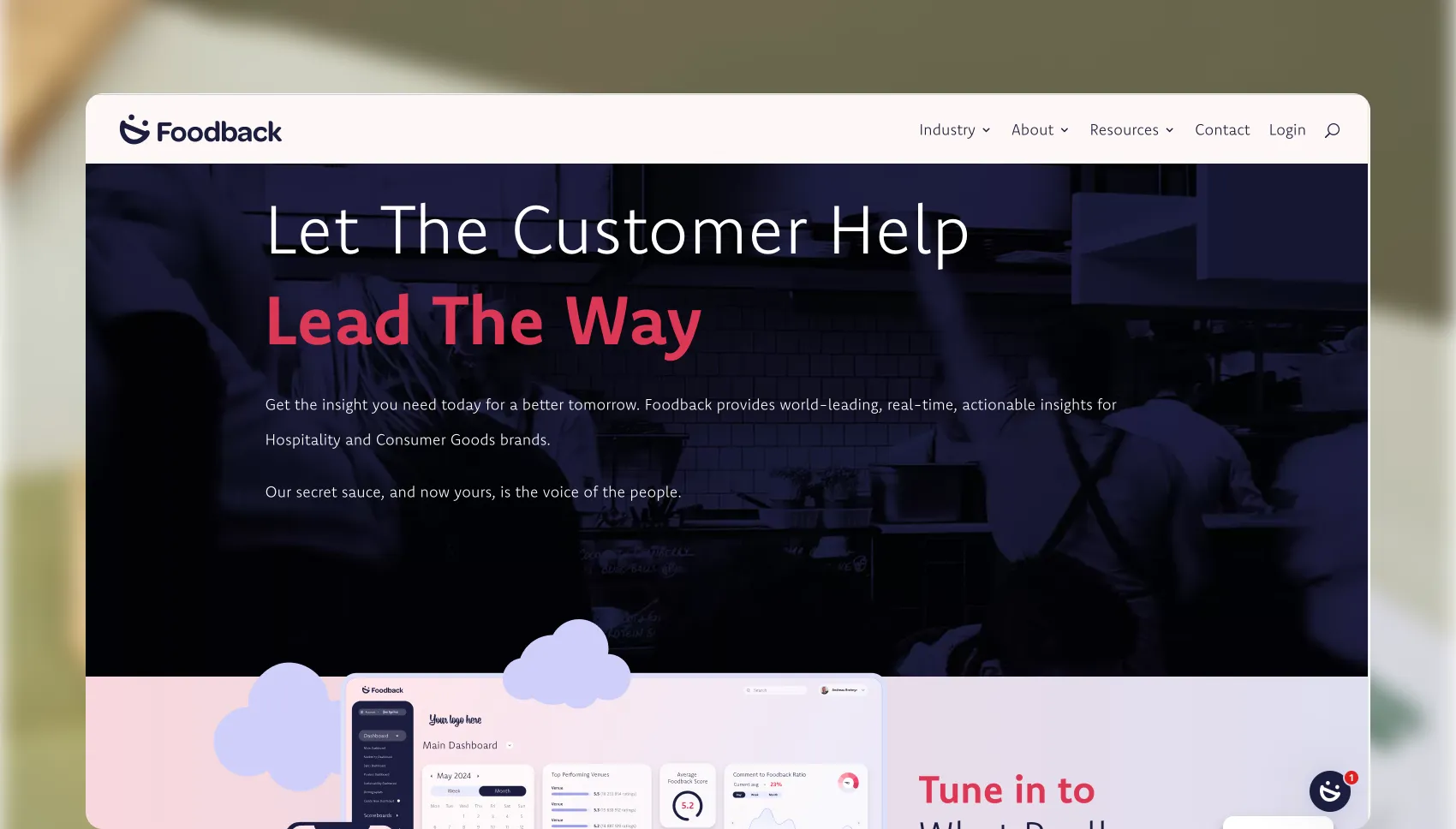

Apple Business Connect -integroinnin julkistaminen
Lue lisää →
An interview with Thomas Løkling Pedersen, Founder & COO at Foodback

In the Nordic restaurant scene, 2026 is shaping up to be a decisive year. According to Thomas Løkling Pedersen, Founder & Chief Operating Officer of Foodback, three challenges dominate the agenda: staffing, revenue, and guest traffic.
“Labor shortages are hitting hard, and wages keep rising. A recent report showed that 70% of restaurant operators globally struggle to fill key roles, and 45% say they don’t have enough staff to meet current demand. That makes technology not a luxury, but a necessity,” Pedersen explains, citing Oracle’s global data.
At the same time, guest behavior is shifting rapidly. Fast casual, takeaway, and delivery models are growing far faster than traditional dine-in. IFMA forecasts that by 2026, virtual kitchens and delivery will cross $2 billion in sales.
For Pedersen, the real opportunity lies in using proprietary, real-time data to guide decisions: “Whether it’s staffing, menus, or guest experience, the restaurants that can act in the moment — not weeks later when static reports arrive — will be the ones that thrive.”
Pedersen emphasizes that the impact of technology depends largely on where a restaurant sits on the maturity curve.
“Some restaurants are tech-native — they’ve built fully integrated POS, loyalty, booking, and guest feedback systems from day one. Others are still stuck in spreadsheets and disconnected tools. The gap between those two groups is widening.”
The point, he stresses, isn’t to chase every new tool: “Technology should serve a clear purpose: to automate and optimize, or to deliberately preserve the human touch. The worst approach is jumping on everything without a plan — it just creates noise, not value.”
Younger guests, in particular, expect digital touchpoints to be frictionless and consistent.
“The challenge today is confusion. In one restaurant you order at the table, in another you download an app, in a third someone takes your order. If there’s friction or uncertainty, the experience suffers. The goal should be clarity and consistency so the tech fades into the background, leaving the focus on food, atmosphere, and connection.”
Pedersen often sees restaurants stumble in two ways when adopting new technology:
When asked for one piece of advice for restaurant leaders, Pedersen doesn’t hesitate: “Start with your goals, not the tech.”
He encourages operators to:
“Many restaurants sit on valuable insights but don’t act on them. If you don’t start now, your competitors will — and you’ll be playing catch-up,” he warns.
For Pedersen, one overlooked but powerful lever is real-time guest feedback.
“Guests often don’t feel followed up during a meal. Think of the empty glass waiting too long for a refill. It seems small, but it has a huge impact on both satisfaction and revenue. The real question is: how do you know if you’re good at this — or not?”
Without real-time visibility, leadership is disconnected from the floor. With it, restaurants can adjust instantly, closing the gap between intention and execution.
“In a market where guests have endless options, giving them a voice while the experience is still happening isn’t a nice-to-have anymore — it’s survival,” he concludes.
Thomas Løkling Pedersen sees 2026 as a defining year for restaurants. Those that view technology as a patchwork of tools will struggle. Those that treat it as a strategic nervous system — powering decisions, enabling staff, and enhancing guest experience — will set the pace for the industry’s future.

Foodback is a Nordic technology company specializing in real-time guest feedback and data-driven solutions for the restaurant industry. By providing actionable insights, Foodback empowers restaurants to improve operations, enhance guest experiences, and drive growth.